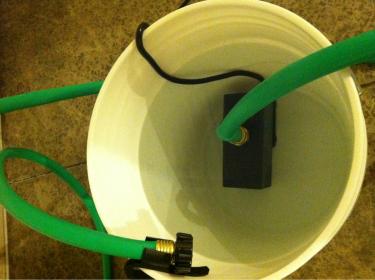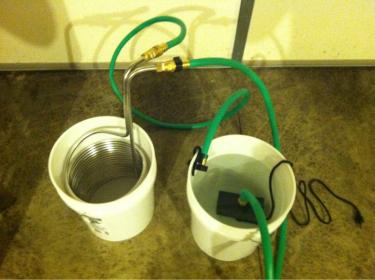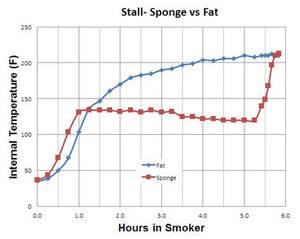I wouldn't start recirculating right off the bat with ice water...you'd run through a lot of ice..and whatever your ground temps may be are low enough when starting the cooling.
I have a submersible pump (about $40) that I stick into a cooler full of water (at ground temp). The outflow of my IC goes into my HLT so that I am able to use that water for cleaning. I have a normal hose from my ground water supply refilling the cooler as the pump is draining it. After about 5-10 minutes, I move my pump from the regular ground water to a separate cooler with an ice water bath. At this point I just stick the outflow hose of my IC into that same water bath and let it recirculate.
No wasted water, minimal amount of ice since I am starting with my ground water, and having a separate vessel for my pump with ice water allows the water to pre-chill getting it to a lower temp for cooling. Simply adding ice to your water source won't be as effective.
So basically don't start recirculating until you have cooled the wort down a decent amount. While you are doing that it's not hard to collect the water you are using in something else which could be used later. Once you are ready to recirculate move the pump to an ice water bath. You're wort will be cooled in at least 20 minutes.







![Craft A Brew - Safale S-04 Dry Yeast - Fermentis - English Ale Dry Yeast - For English and American Ales and Hard Apple Ciders - Ingredients for Home Brewing - Beer Making Supplies - [1 Pack]](https://m.media-amazon.com/images/I/41fVGNh6JfL._SL500_.jpg)

























































